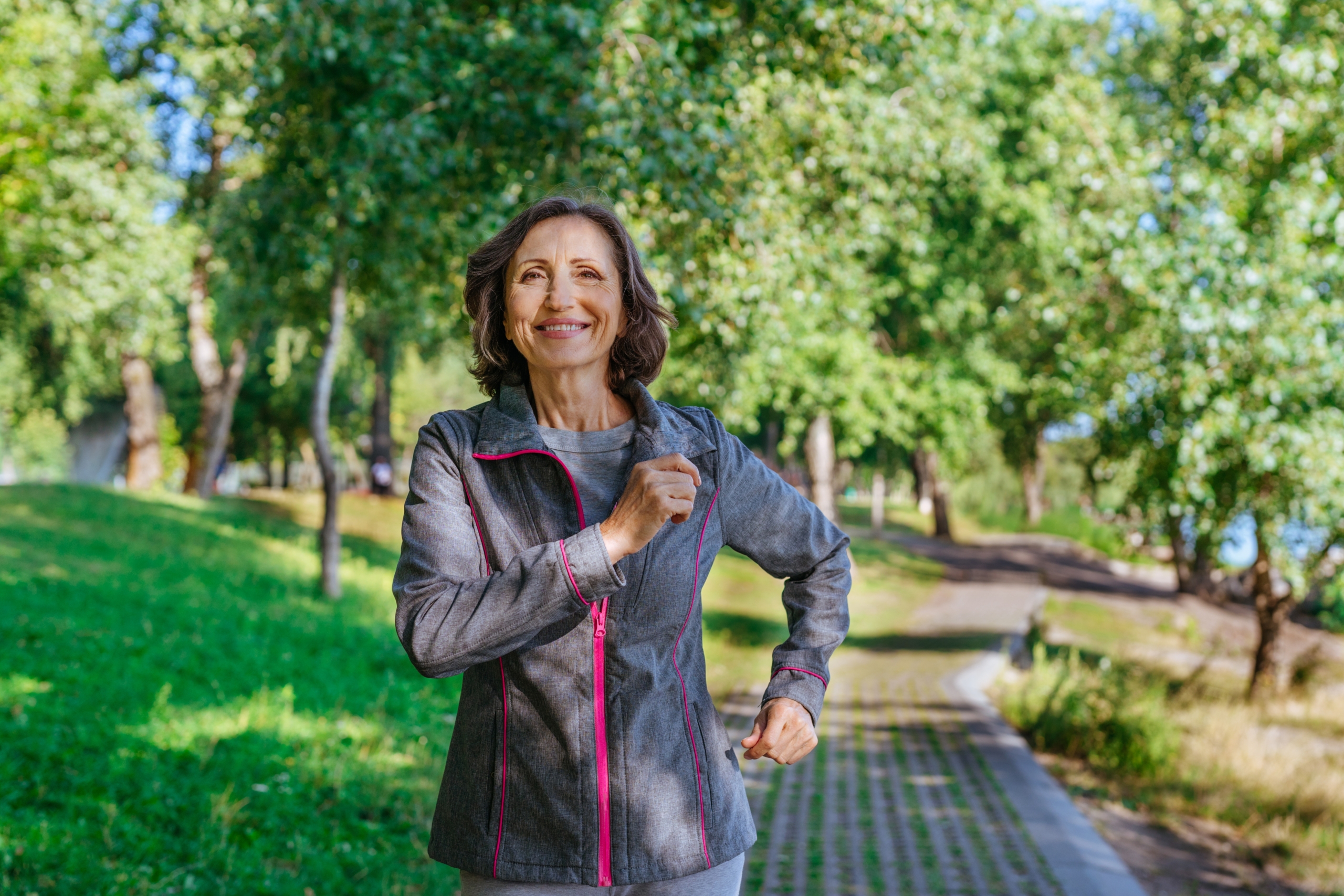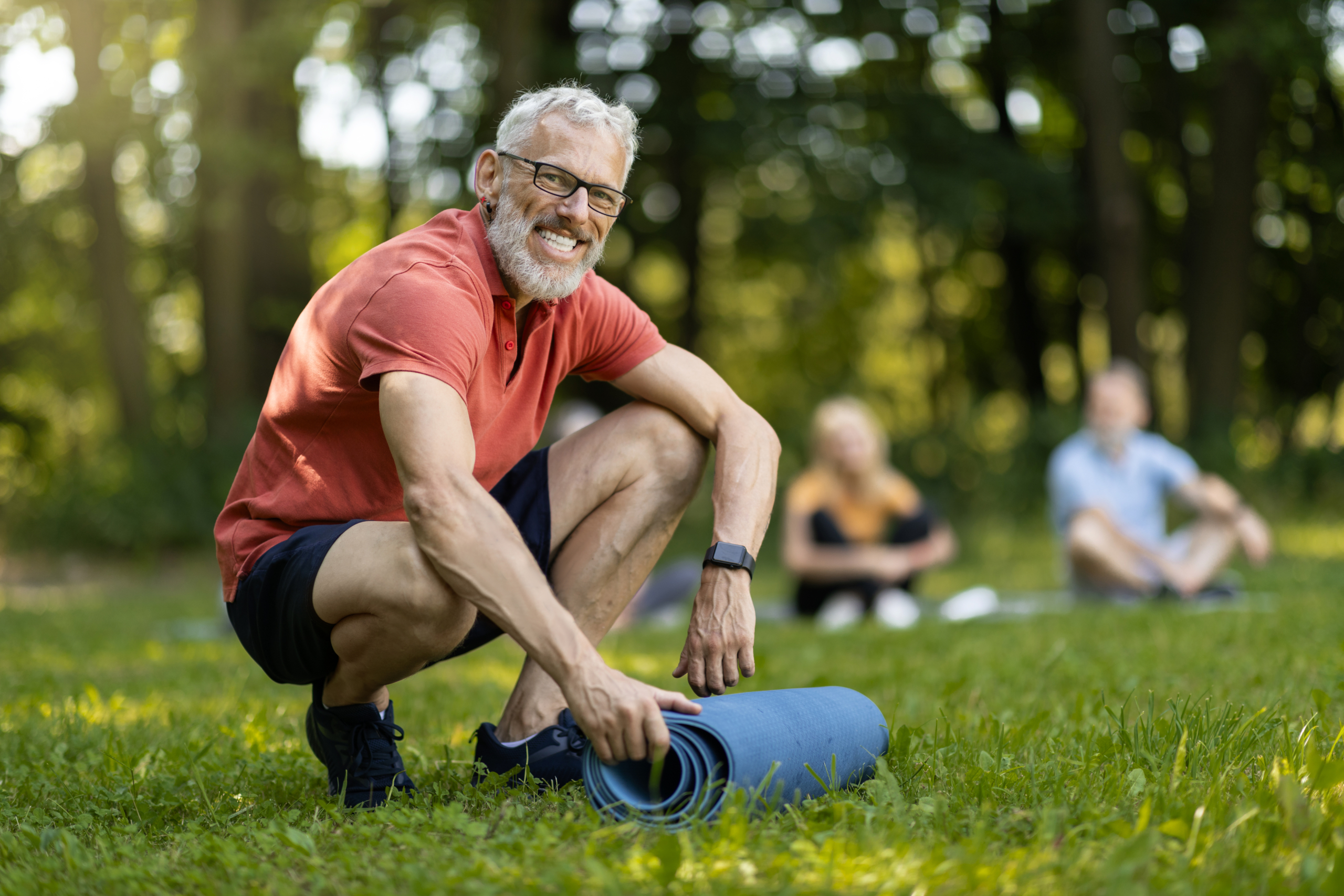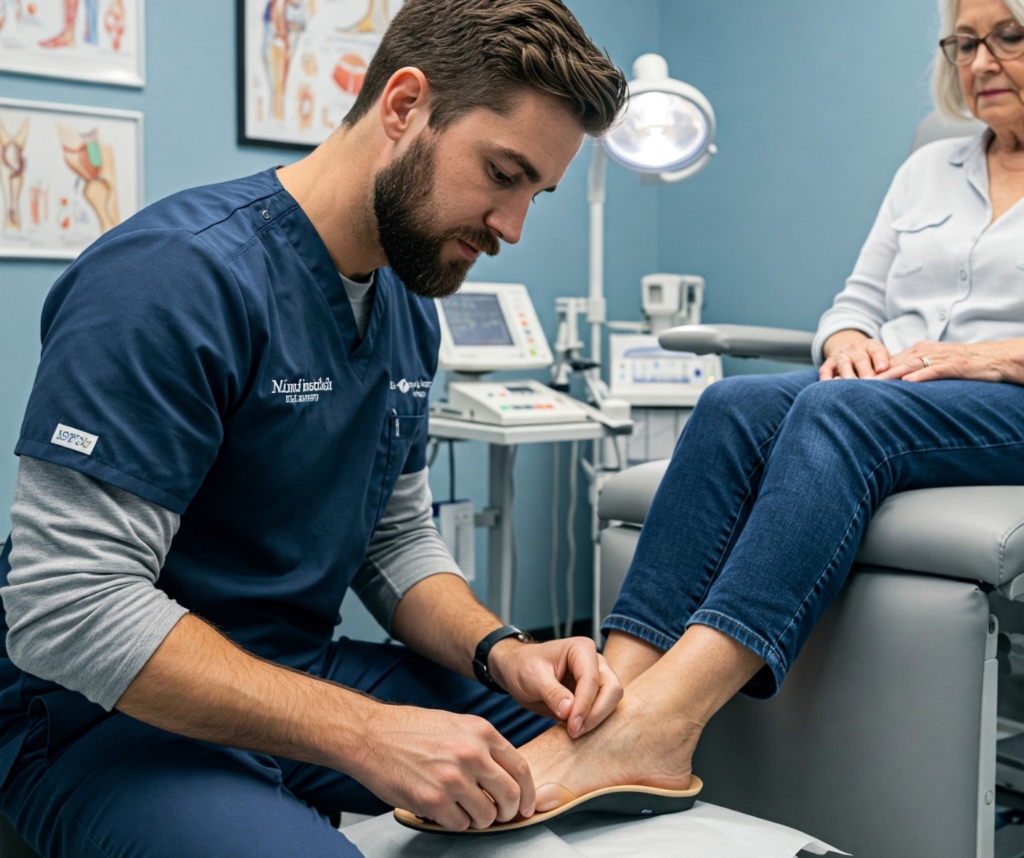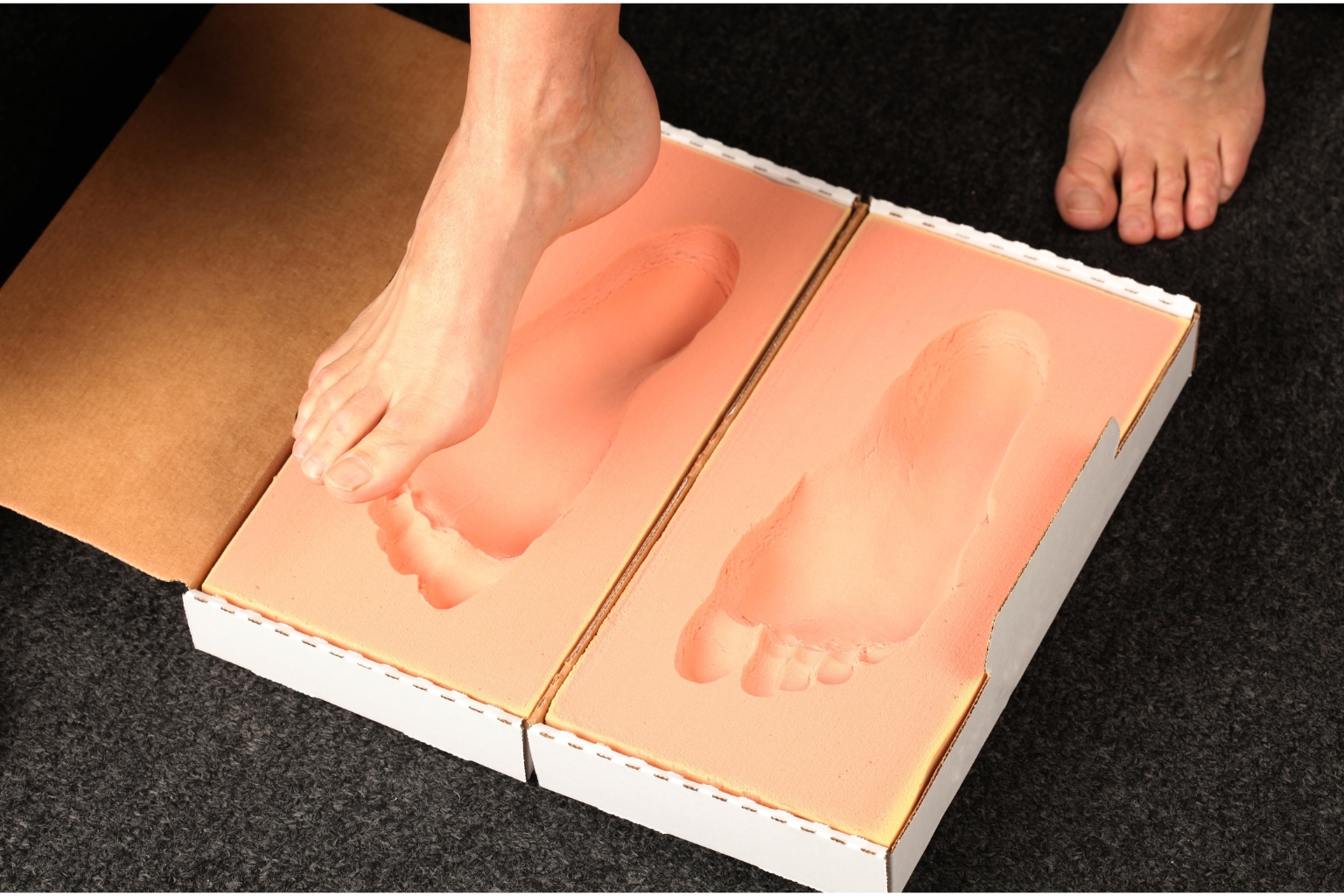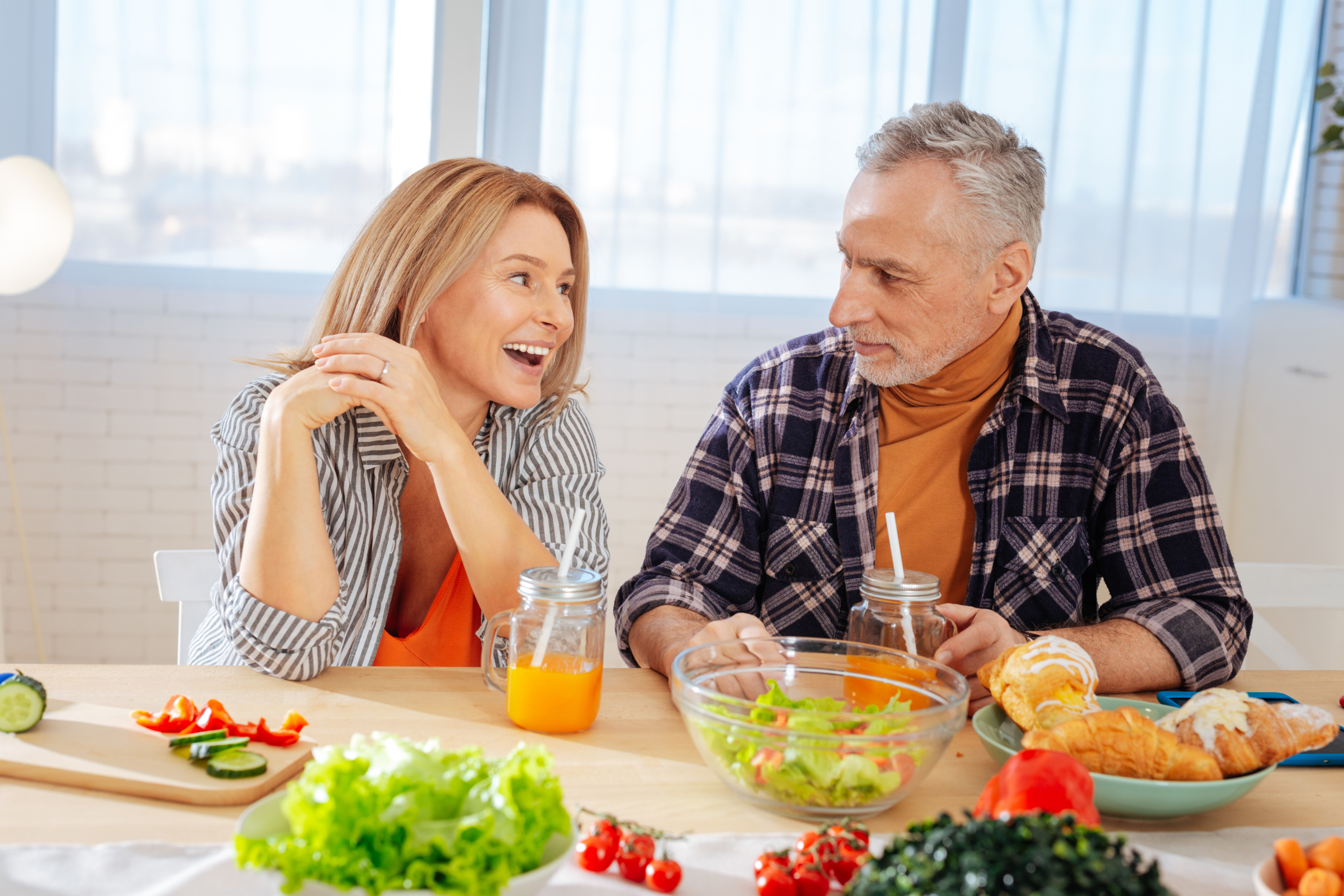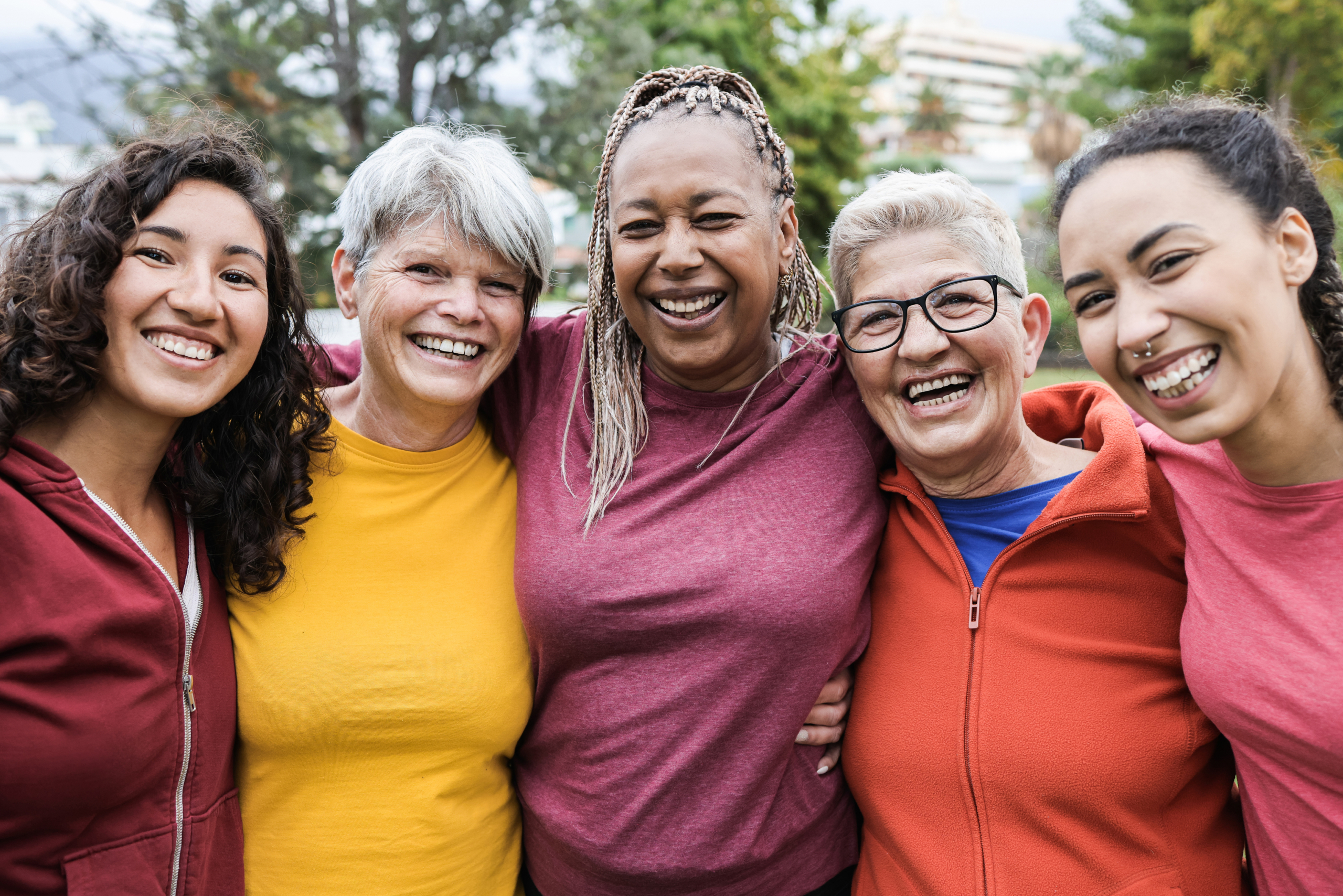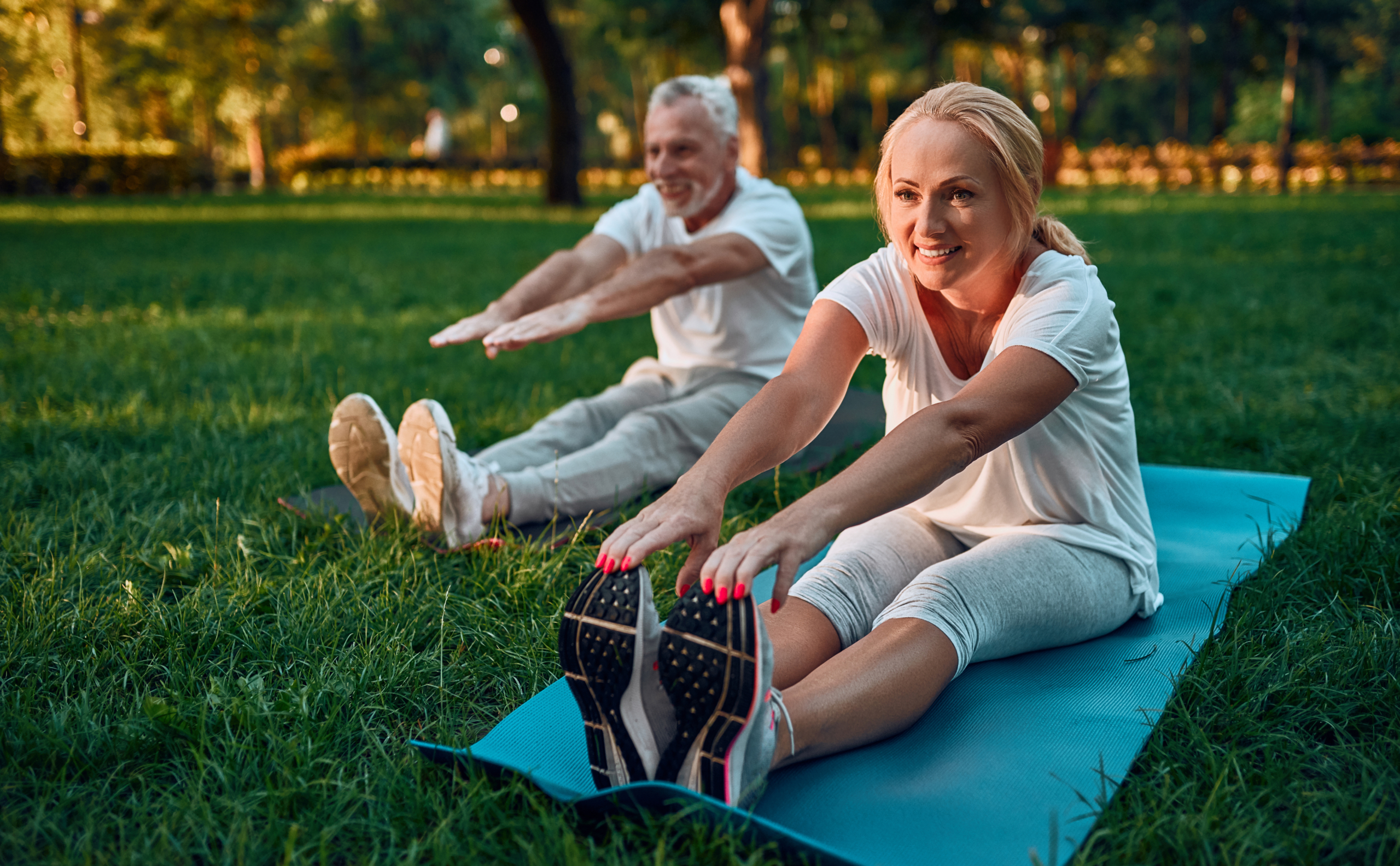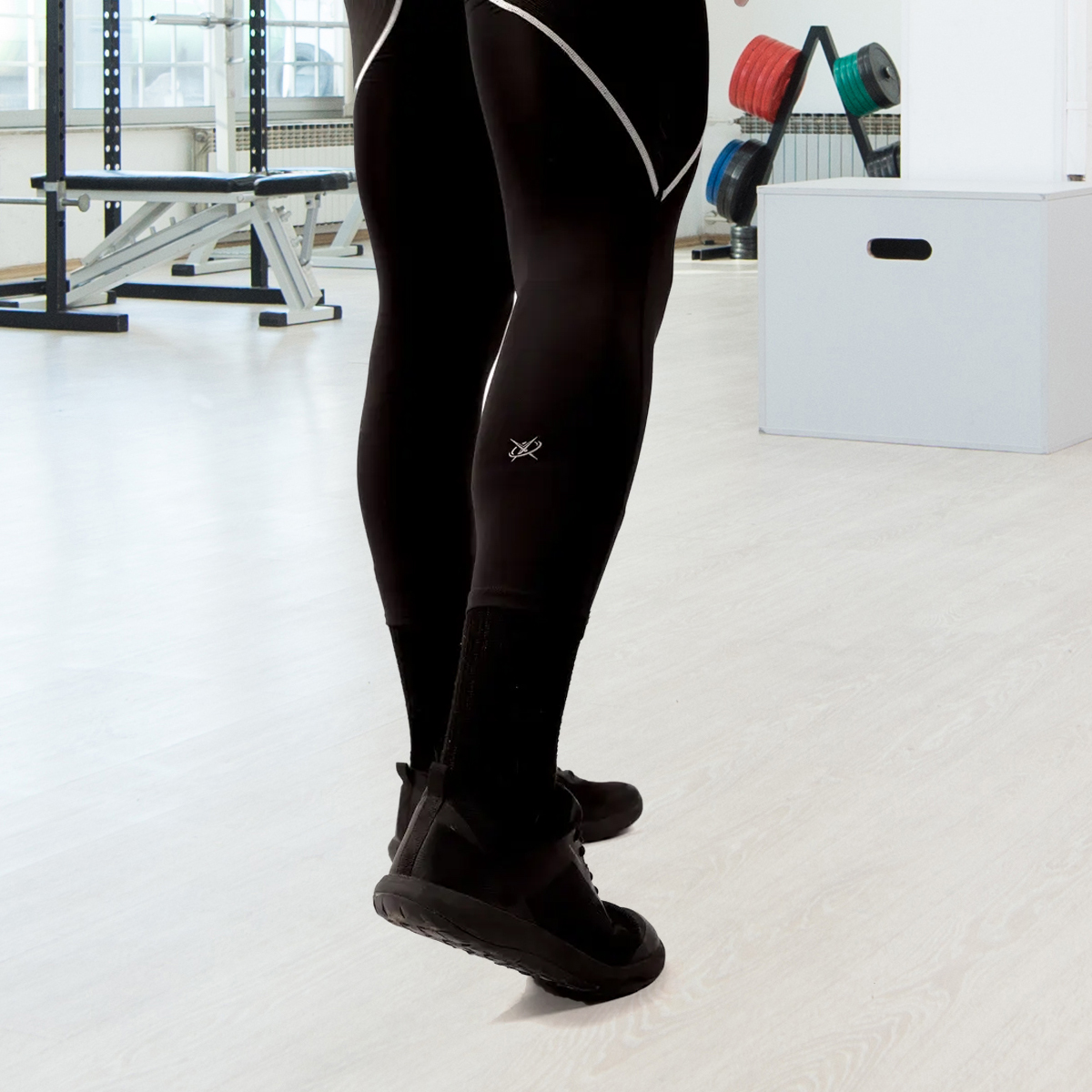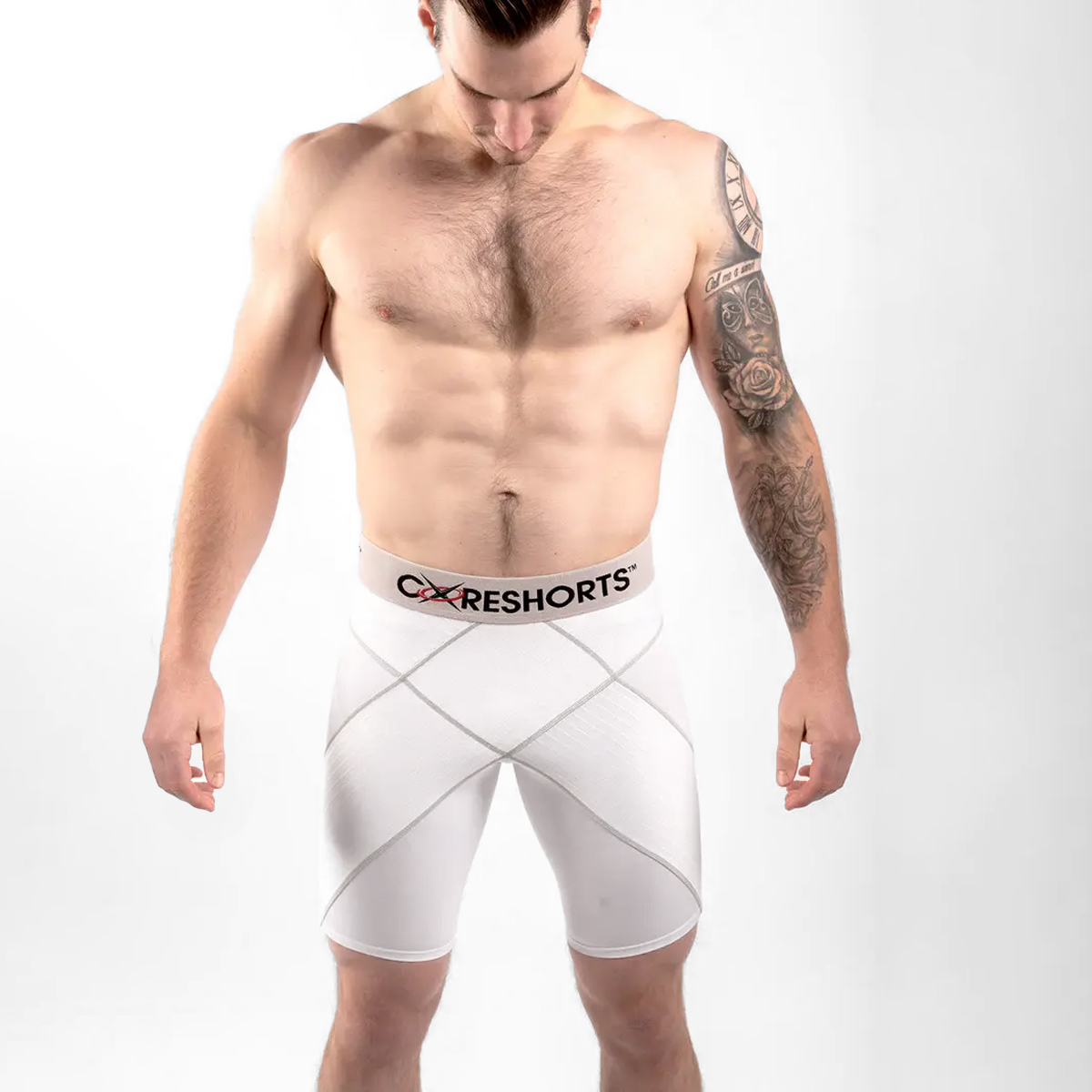The Rise of Pickleball in Canada
If you haven’t caught pickleball fever yet, there’s a good chance you will soon. This fun and fast-paced sport has taken Canada by storm, with new courts popping up everywhere and players of all ages getting in on the action. The game’s charm lies in how easy it is to learn, how exciting it is to play, and how social it can be. You don’t need years of training to enjoy yourself, and you’ll often find yourself laughing as much as you’re competing. This summer, pickleball fever will hit an all-time high in Ontario when the Pickleball Ontario Provincial Championship lands in Toronto from August 28 to August 31, 2025. It’s going to be four days of competition, camaraderie, and court-side excitement, and KineMedics is thrilled to be part of it as an official sponsor.
The Pickleball Boom in Ontario
In just a few short years, pickleball fever has swept through communities across Ontario. Public parks are converting tennis courts to meet demand. Recreation centres are filling up their schedules with lessons and leagues. Even schools are introducing the sport to students who quickly become hooked. It’s the perfect blend of tennis, badminton, and ping pong, with a paddle in your hand, a lighter ball, and smaller courts that make the game more approachable. Whether you’re looking for light exercise or chasing gold medals at competitive tournaments, there’s a place for you on the court.
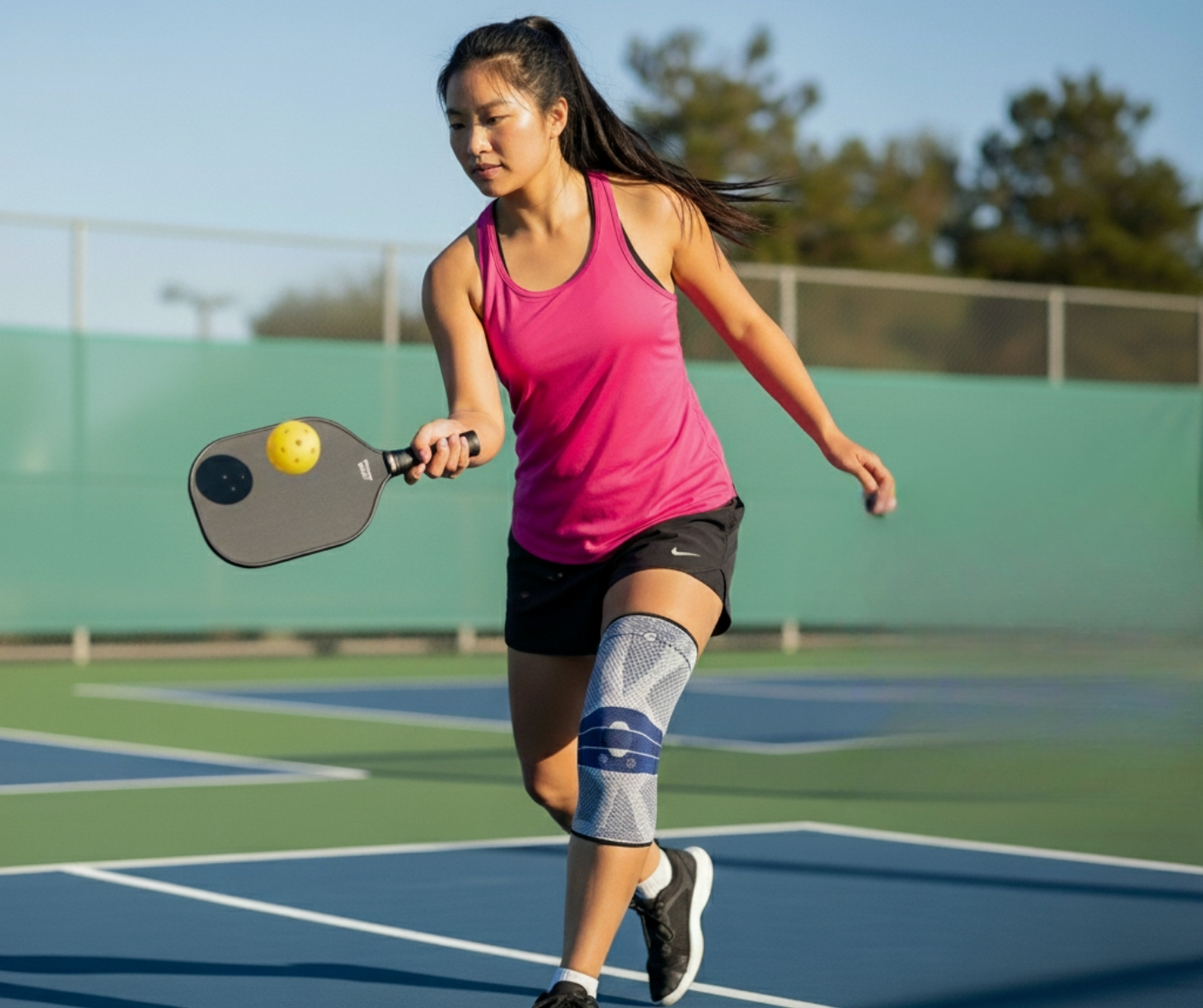
KineMedics at the 2025 Championship
The championship will bring together the province’s top talent, along with enthusiastic supporters. For KineMedics, this event is about community and connection. While we won’t be on-site this year, we’re still introducing our partnership in a meaningful way. All players will receive swag goodie bags that include select products along with a postcard introducing our partnership with Pickleball Ontario. It’s our way of celebrating the sport and beginning what we know will be a long and exciting journey together. Looking ahead, you’ll see us on-site at future tournaments where we’ll be connecting with players in person.
Even if you’re not competing, the atmosphere at the championship is electric. Watch incredible rallies, cheer for local talent, and learn from experienced players. You might even find yourself wanting to join a club and catch pickleball fever for yourself.
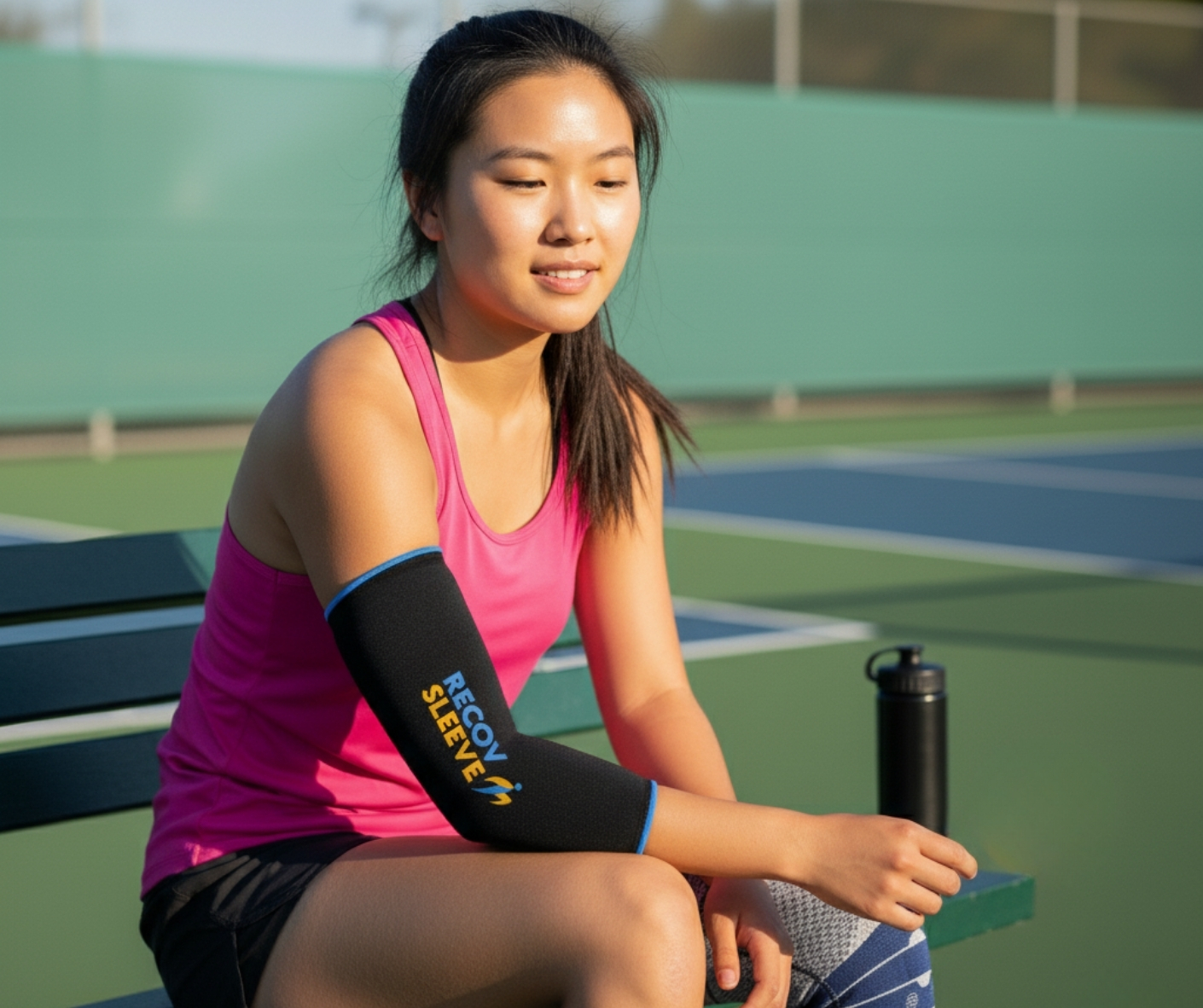
How KineMedics Supports Pickleball Players
Pickleball fever is as much about staying in the game as it is about winning. Our products help reduce soreness, improve mobility, and protect against common injuries. From ankle braces that add stability during fast rallies to recovery devices like the Hypervolt that soothe tired muscles, every item is designed with active players in mind.
We know pickleball fever doesn’t stop at the end of the tournament. That’s why all Pickleball Ontario members will receive exclusive member pricing and discounts on selected products, ideal for all pickleball players, from our online store. Beyond that, we’ll also be running regular feature products and sale pricing specifically for members. Here’s a look at some of the products available with member savings to keep you playing for years to come:
- Ankle Supports: ASO Ankle Brace and Malleotrain S provide trusted stability for quick side-to-side movement.
- Elbow Supports: Band-It, Epitec, and Epitrain help relieve stress on tendons, perfect for players prone to overuse injuries.
- Wrist Supports: Push Wrist Wrap and Wrist Widget offer lightweight support that doesn’t interfere with paddle grip.
- Knee Support: The Genutrain Knee Brace stabilizes and relieves the knee during high-intensity play.
- Core Support: Coreshorts Pro 1.0, Coreshorts Pro 3.0, Coreshorts Leggings Pro 1.0, and Coreshorts Leggings Pro 3.0, available at 25% off, improve stability and reduce strain during quick pivots and lunges.
- Recovery Tools: Hypervolt, Venom, Compex Mini, and Firefly are all available at 15% off to help speed recovery.
- Muscle Relief: Coach Soak, ProStretch, Recov Sleeve, and P3 Analgesic Cream are 25% off, giving you post-match recovery options.
- Training Tools: CoreFX loops, bands, and rollers are 25% off, along with Tune Up Fitness products, including stretch straps, alpha balls, coregeous balls, and therapy balls, to keep your body moving well.
- Protection: The CoverTape premium kinesiology tape is also 25% off, ideal for athletes who need extra joint or muscle support during play.
Ongoing Support Through Articles and Proceeds
Our partnership with Pickleball Ontario extends well beyond discounts. From time to time, KineMedics will be contributing feature articles to Pickleball Ontario’s newsletter, sharing helpful information on medical topics that matter to players. We believe in equipping athletes with both the tools and the knowledge they need to stay active and healthy.
Even better, a portion of the proceeds from all sales will go directly back to Pickleball Ontario. That means every purchase you make helps support the growth of pickleball in your community.
Quick Tips for Pickleball Success
- Warm up before every game.
- Focus on positioning over power.
- Stay hydrated, especially in summer heat.
- Use gear that supports your joints and muscles.

Final Word
Pickleball fever is here to stay, and KineMedics is proud to support Ontario’s growing community of players. While we won’t be physically on-site this year, our partnership is just beginning. You’ll see us at future tournaments, and in the meantime, we’re excited to offer products, discounts, articles, and support that benefit both players and the broader pickleball community. We can’t wait to celebrate this sport with you.
FAQs
- What is KineMedics providing at the Pickleball Ontario Provincial Championship?
Swag goodie bags filled with products and a postcard introducing our partnership with Pickleball Ontario. - Who can use the Pickleball Ontario member discount?
All current members can access exclusive pricing and discounts on selected products through our online store. - Will there be ongoing offers for members?
Yes. We’ll be running regular feature products and sale pricing for Pickleball Ontario members. - Will KineMedics be on-site at the championship?
Not this year, but we will be present at future tournaments. - How does my purchase support Pickleball Ontario?
A portion of the proceeds from all sales goes directly back to Pickleball Ontario, helping support the sport’s growth.

